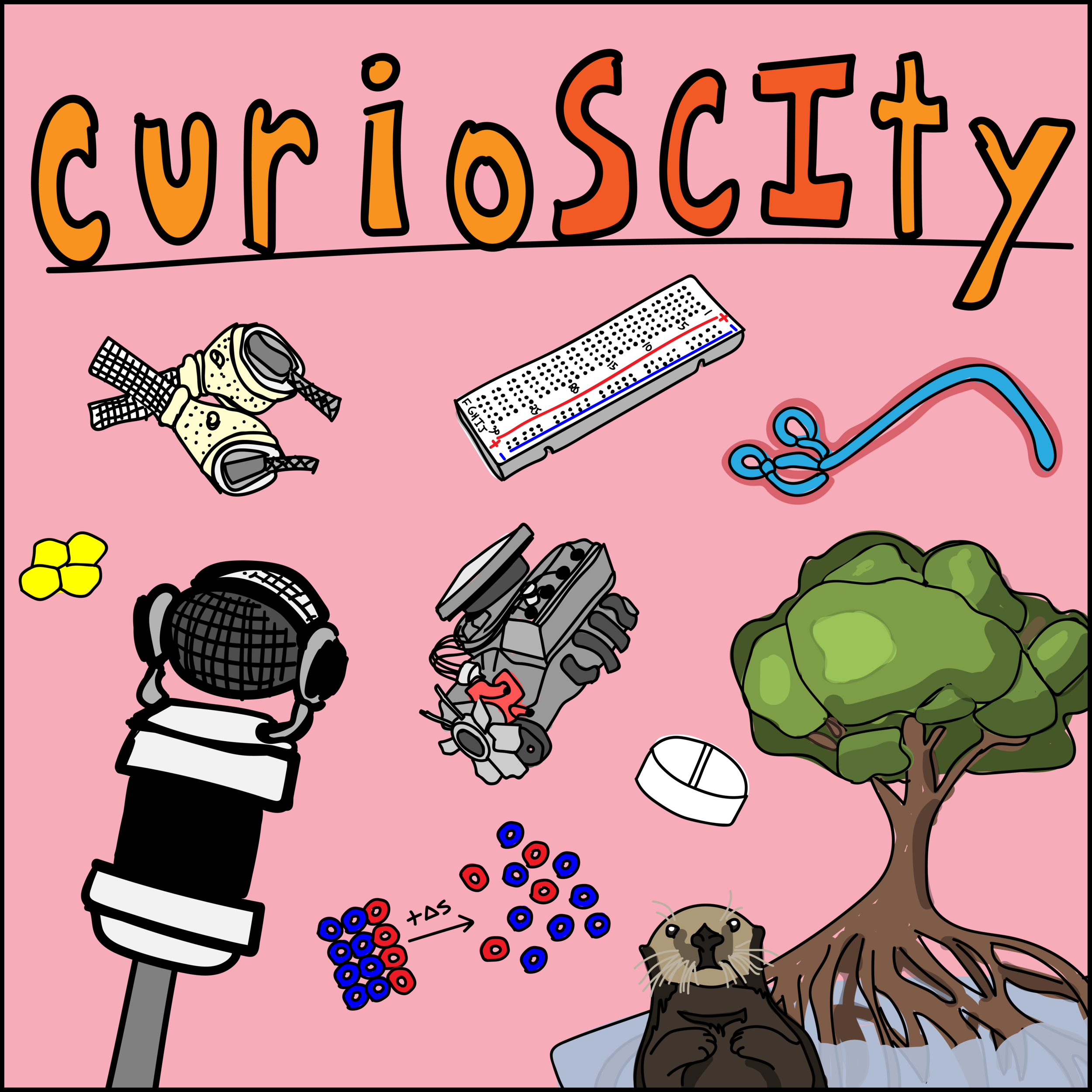38 - Permaculture (w/ Dan Mar!)
38. Permaculture
Jared Diamond once wrote an article in 1987 entitled “The Worst Mistake in the History of the Human Race”: how humans’ advent of agriculture might have been an excellent development for us, but also a terrible curse. Today, we will explore a cousin strategy to typical agriculture: permaculture. Let’s learn to be scientifically conversational.
LEARN MORE ABOUT HIGH TIDE PERMACULTURE!
General Learning Concepts
1) What is permaculture?
a. What is permaculture? “The conscious design and maintenance of agriculturally productive systems which have the diversity, stability, and resilience of natural ecosystems. It is the harmonious integration of the landscape with people providing their food, energy, shelter and other material and non-material needs in a sustainable way.” – Bill Mollison, 1978. Permanent agriculture, permanent culture. Another definition: “Permaculture is the opposite of disposable culture.” [2]
b. Background: Is this only a hippy movement: are the only people doing it concerned environmentalists, conservationists, etc? Permaculture began in the 1970’s, proposed by Bill Mollison (Australian ecologist, University of Tasmania professor) and David Holmgren. His observations involved looking at natural systems that were capable of being self-sustaining.
c. Sustainability: UN World Commission on Environment and Development: “sustainable development is development that meets the needs of the present without compromising the ability of future generations to meet their own needs.” In context of permaculture, this could mean that bees are present to pollinate their own area, birds act as pest control, plants capable of fixing nitrogen do that action for other plants or organisms that need organic nitrogen, etc. [2]
d. Perennial agriculture: Perennial crops are crops which are alive year-round and are harvested multiple times before dying. These crops often help reduce soil erosion, reduce chemical runoff, conserve freshwater, and require less tillage.
2) What are resources that can be conserved with permaculture?
a. Water: Without giving too much away from one of our fun tidbits, it is clear that freshwater is wasted or not totally used nowadays. There is a difference between “water”, “greywater”, and “blackwater” in context of reuse. Redirecting water from rooftops, storing water, or using greywater more effectively helps mitigate need of water (especially in places in which there is draught). [This would also be a good place to talk about swales]
b. Land: It is important for any space to be capable of doing multiple functions; that’s the only way to have an integrated, self-sufficient system. Often, those who do permaculture do not want to have to till the land every year; this means the soil must be maintained and not stripped of its nutrients and metabolic cofactors (metal ions, nitrogen, phosphorous, potassium…).
c. Diversity: As one would expect, it would be challenging to build a self-sufficient system that is a monoculture. Monocultures can be problematic because they could be additionally susceptible to disease or predation. Having a proper diversity also allows for using more endemic plants and organisms.
d. Energy: Not spiritual energy, no, but chemical energy that might not be harvested for human consumption could be used to fuel the next generation of plants, animals, or microorganisms.
3) Examples of permaculture systems
4) Fun Tidbits
a. How much water can be diverted from a typical roof? 1” of rain drops 1,200 gallons of water on 1 square foot of surface. That means that a 2,000 square foot roof could catch 28,800 gallons of water in a year with 24” of rain.
b. Permies: Interested in permaculture? This’ll be your nickname.
c. Detroit: Established an Urban Farmland (by two Mich alumni, Tyson Gersh and Molly Hubbell) that have practices very similar to permaculture within a 1.5-acre plot of land in the north end of the city that produces thousands of pounds of produce. This has helped address some of Detroit’s food insecurity.
5) Solicited Questions
a. Is permaculture a relevant option for myself? This is a bit of a broad question. I feel that most of the resources that I find for permaculture quickly delve into “mother Gaia must be clean and fed”, “keeping your energy sources aligned help the permaculture process”, and “the only way we won’t destroy the earth is with sustainable practices”. Permaculture is a great way to save money on irrigation, to reduce the amount of planting and tilling, and to produce more diverse resources with whatever space one has. You can provide shade and reduce cooling costs, do natural landscaping, and more.


